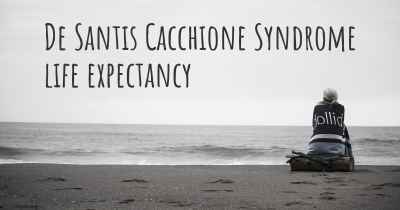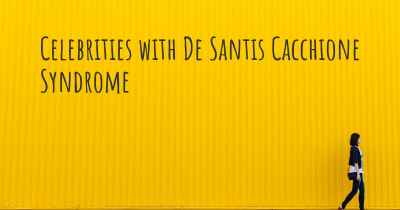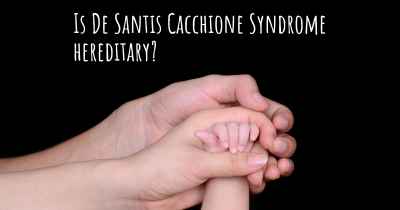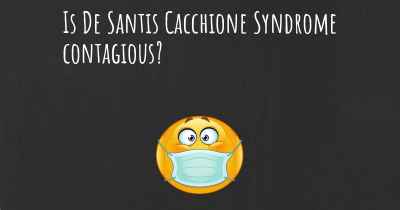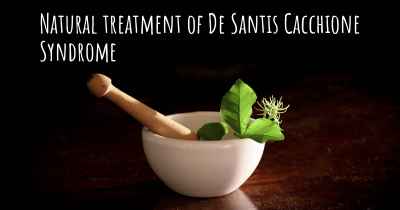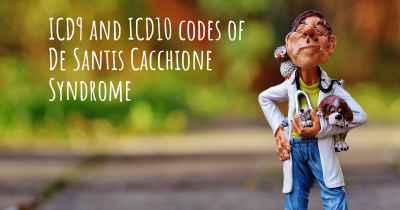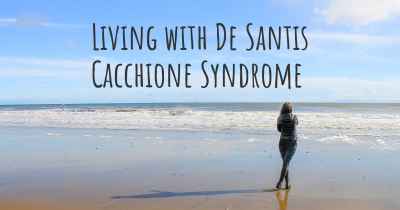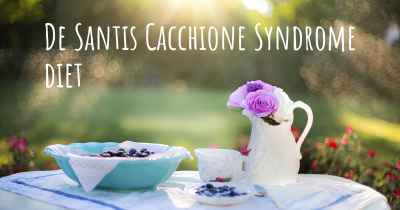Is it advisable to do exercise when affected by De Santis Cacchione Syndrome? Which activities would you suggest and how intense should they be?
See if it is advisable for people with De Santis Cacchione Syndrome to practice sports and which ones are the most recommended if you have De Santis Cacchione Syndrome
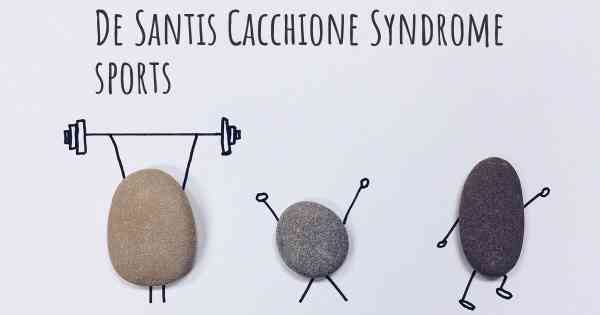
De Santis Cacchione Syndrome is a rare genetic disorder that affects the development of the brain and other parts of the body. It is characterized by intellectual disability, delayed development, and various physical abnormalities. As with any medical condition, it is important to consult with a healthcare professional before starting or modifying any exercise routine.
While there is limited information available specifically regarding exercise and De Santis Cacchione Syndrome, regular physical activity is generally beneficial for overall health and well-being. Exercise can help improve cardiovascular fitness, muscle strength, flexibility, and mental health.
When considering exercise for individuals affected by De Santis Cacchione Syndrome, it is important to take into account their individual abilities, limitations, and any associated medical conditions. The exercise program should be tailored to their specific needs and abilities.
Low-impact activities such as walking, swimming, and cycling can be good options for individuals with De Santis Cacchione Syndrome. These activities are generally safe, easy on the joints, and can be adapted to different fitness levels. Walking can be done outdoors or on a treadmill, while swimming and cycling can be done in a controlled environment.
Strength training exercises can also be beneficial for individuals with De Santis Cacchione Syndrome. However, it is important to use appropriate equipment and techniques to ensure safety. Resistance bands, light weights, or bodyweight exercises can be used to improve muscle strength and endurance.
Flexibility exercises such as stretching or yoga can help improve range of motion and prevent muscle tightness. These exercises should be done gently and within the individual's comfort level.
Balance and coordination exercises can be incorporated into the exercise routine to improve motor skills and stability. These can include activities such as standing on one leg, walking heel-to-toe, or using balance boards.
The intensity of the exercise should be appropriate for the individual's fitness level and abilities. It is important to start slowly and gradually increase the intensity and duration of the exercises over time. The exercise program should be enjoyable and sustainable, focusing on progress rather than perfection.
It is also important to consider any additional medical conditions or physical limitations that may affect exercise participation. Regular communication with healthcare professionals, such as doctors, physical therapists, or occupational therapists, can help ensure that the exercise program is safe and effective.
In conclusion, while there is limited specific information available regarding exercise and De Santis Cacchione Syndrome, regular physical activity can have numerous benefits for individuals with this condition. Low-impact activities, strength training, flexibility exercises, and balance and coordination exercises can be incorporated into an individualized exercise program. It is important to consult with healthcare professionals and tailor the exercise routine to the individual's abilities and limitations.
